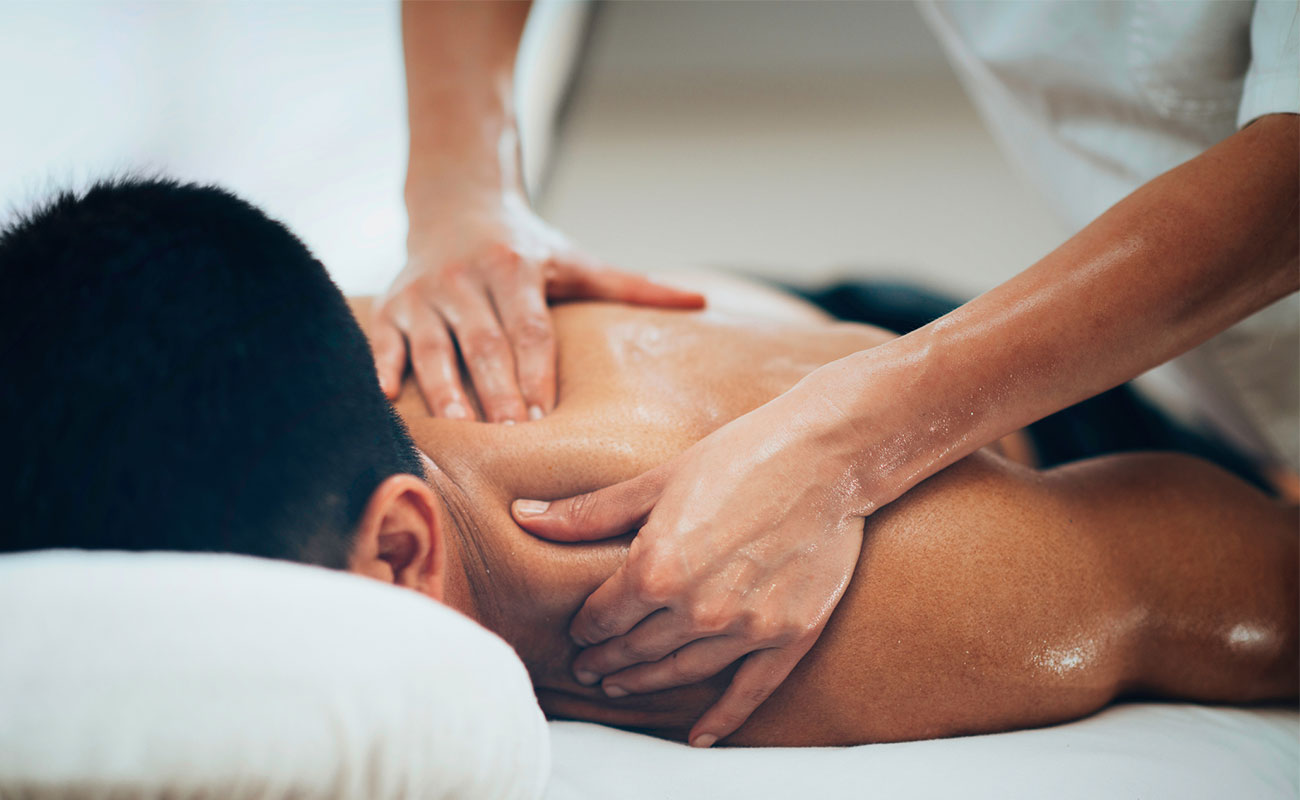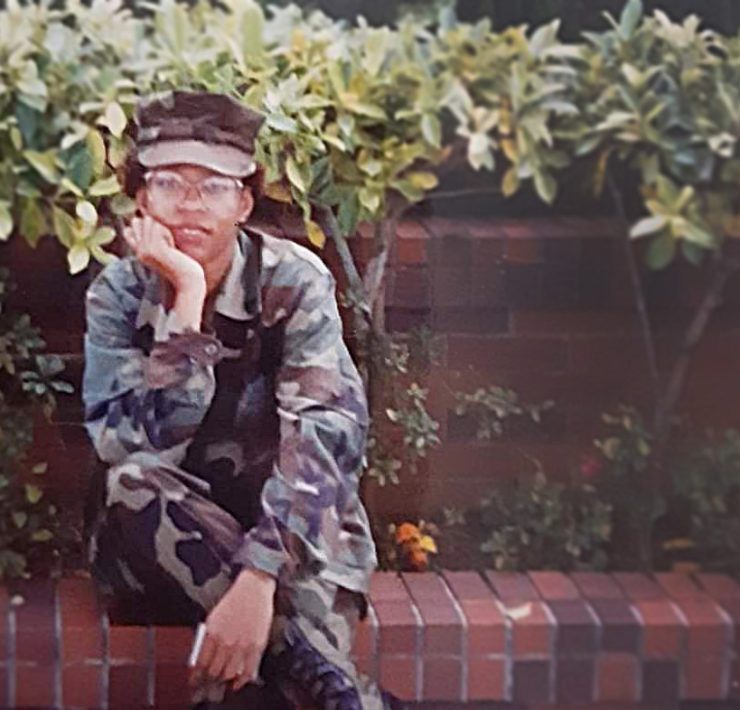Deep tissue massage is a popular and effective way to decrease pain and restore movement in cramped muscles and joints. A 2014 study of 59 participants found that deep tissue massage helped to reduce pain in people with chronic low back pain. The authors likened its effects to those of nonsteroidal anti-inflammatory drugs, such as ibuprofen.
If you have chronic pain, muscle spasm, are recovering from an injury, or are dealing with repetitive use strain, deep tissue massage may be an ideal option.
What Makes a Deep Tissue Massage “Deep”?
Deep tissue massage engages muscle and fascia at a greater intensity level than a classic Swedish massage, which typically utilizes longer, gliding strokes aimed at relaxing the whole person, rather than solving a localized tension. In a deep tissue massage, the therapist presses more deeply into the tissue of muscle and fascia, to find the areas that are tense, knotted, or in spasm. He or she will use slow, focused strokes to explore the muscle, tendons, and fascia, and allow the tissue to adapt to the pressure.
If the therapist finds an area that needs attention in the muscle or tendon itself, he or she will use petrissage or friction techniques to open up and relax the tissue, increase blood flow, and flush out cellular waste. Fascia will also respond to the pressure and movement by softening and stretching; if there are areas of adhesion between the fascia and muscle (AKA knots), these “deep” techniques will help release them. Many massage therapists describe the process as “listening” to the muscle.
What Techniques Are Used in Deep Tissue Massage?
Trigger Point Therapy
Trigger point therapy addresses spasms, when nerves continue to fire when they shouldn’t. Trigger points cause acute (and eventually chronic) pain. The massage therapist will use trigger point therapy in specific areas to address localized issues. Working these points will stop the nerves from firing unnecessarily, thereby alleviating pain.
Myofascial Release
Myofascial tissue is thin, fibrous connective tissue that connects, supports, and protects muscles and bones. If this tissue is tight, it will affect the muscles’ ability to stretch fully, restricting movement. Myofascial release helps ease pain while also improving flexibility and mobility. Its effect is time-released and long-lasting.
Cross-Fiber and Longitudinal Friction
In a deep tissue massage, the therapist will use cross-fiber (against the grain) and longitudinal (with the grain) friction techniques to break up muscle adhesions. Adhesions are areas where muscle fibers don’t ride smoothly over one another, as the should. Reducing adhesions enhances the healing process. The result: better muscle performance.
Active Release Technique
Active release technique in deep tissue massage involves using both manipulation and movement to treat your injured or damaged soft tissues. It works by breaking up any scar tissue that may have formed due to a previous injury, which then restores your ability to move with greater ease while reducing pain and stiffness in that area.
How is Deep Tissue Massage Different From Sports Massage?
Deep tissue and sports massage are similar in their targeted focus on specific musculoskeletal issues (as opposed to the less localized, gentler, sweeping techniques of a Swedish massage).
Professional sports massage focuses directly on the recipient’s specific activities and goals. The massage will likely be tailored to a particular athletic scenario, such as training for an event or recovering from one. It may also concentrate on healing an activity-caused injury or injury prevention. Sports massage also includes a generous amount of stretching, which is essential for keeping athletes’ muscles and tendons supple and less injury-prone.
Deep tissue massage is less focused on the results and risks of athletic activity, but it does target deeper layers of muscle, tendons, and fascia (the tissue covering muscles). It’s ideal for those with persistent muscle discomfort or pain and who can tolerate the extra pressure required to reach the deeper sources of that pain.
Does Deep Tissue Massage Hurt?
The answer is really in the eye—or the fascia—of the beholder. Areas that are deeply knotted or tight tight can cause some pain or discomfort to release, though the perceived severity depends largely on one’s own pain threshold. Communication with your therapist is crucial here. You should always speak up if you are in pain, as the therapist can adjust their pressure and often still achieve the desired effect.
A good way to know when the pressure is too much is if you can’t maintain comfortable breathing or when you’re physically bracing yourself against the pain. This can work against the benefits of massage, as the body may tense up involuntarily in an act of self-protection, making it harder for the therapist to address the original muscle issues. Let your therapist know right away if this is how you feel.
It’s also not uncommon to feel a little sore after a deep tissue massage, particularly in an area of intensive focus. You can apply an ice pack for 20 minutes on and 20 minutes off to any area experiencing post-massage soreness. Gentle stretching of the muscles worked on can be very helpful in keeping them relaxed and preventing them from tightening again. Ask your therapist at the end of the session for suggestions on how to stretch the problem areas.
Should I Get a Deep Tissue Massage?
A deep tissue massage is a great way to work out areas of pain and tension and to release knots and adhesions in underlying muscle and fascia. It is best suited to those with a higher threshold for pain but can be customized to suit almost anyone’s unique needs and preferences.
And what’s better than a 5-star massage that eases pain and lets you get back to normal life? Getting it in the comfort of home, of course.







